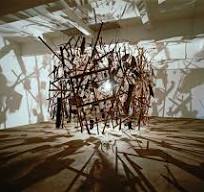Deepings members talked about a selection of former Turner Prize winners at our latest monthly Art Appreciation meeting by Zoom. As always our investigations into art history brings us in touch with the ideas of unusual men and women who have used their artistic skills to make us think differently. This topic was no different.
The Turner Prize, named after the English painter J. M. W. Turner, is an annual prize presented to a British visual artist.
Rachael Whiteread (1993)

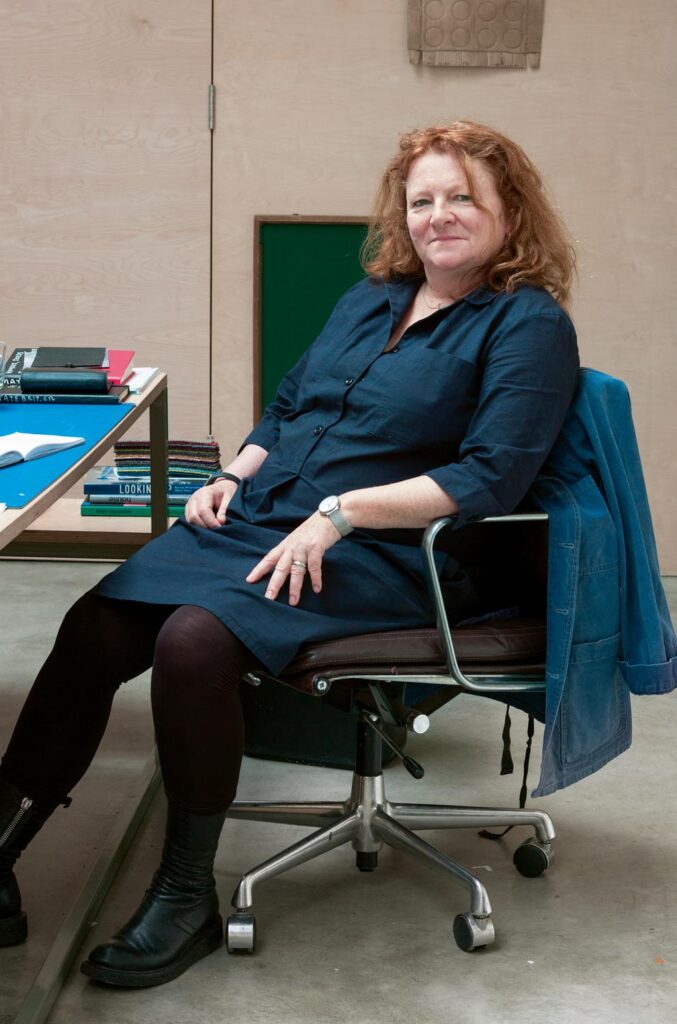
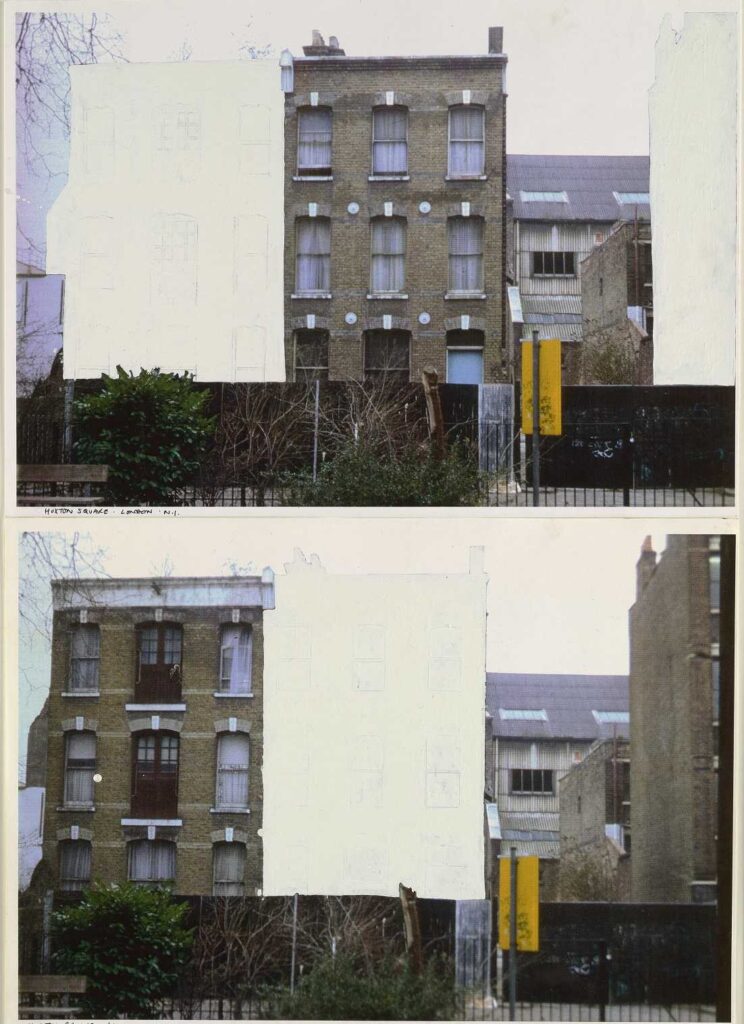


Rachael Whiteread was the FIRST woman to win the Turner Prize at the age of 33 in 1993. She studied art at Slade and Brighton Poly. The winning entry shown above was “The inside out house”. Situated in London’s East End where many houses were being cleared for redevelopment, Whiteread made a concrete cast of the last remaining terraced house (number 93) in Tower Hamlets. The 3-story house was completely excavated of all its internal walls and floors, including the cellar. Then 5cm bonding agent was applied to the inside of the structure followed by 25cm thick of reinforced concrete and steel.
The Inside Out House structure stood for only 11 weeks. It was demolished the same day as the Turner Prize was announced. The structure represented “ordinary life”.
Lubaina Himid (2017)
Himid’s won with a collection of her widely-acclaimed trio of shows: solo exhibitions Navigation Charts at Spike Island, Bristol and Invisible Strategies at Modern Art Oxford, alongside her participation in the group exhibition The Place is Here at Nottingham Contemporary. It was displayed in Ferens Art Gallery during the Kingston Upon Hull year of culture in 2017.
https://www.bbc.co.uk/news/entertainment-arts-42244324
https://www.spikeisland.org.uk/news/lubaina-himid-wins-the-2017-turner-prize/
Her art focuses on themes of cultural history and reclaiming identities.
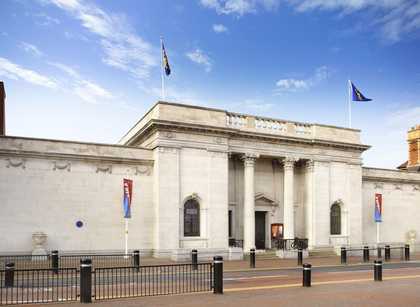
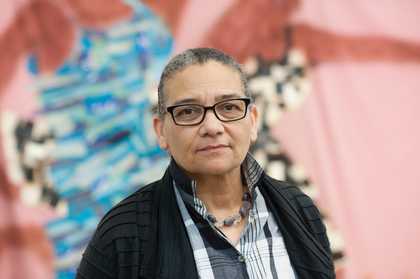
Cornelia Parker (1997)
Parker’s entry was “Cold Dark Matter”. She got the British army to explode an actual garden shed and all it’s contents. She reassembled each fragment hanging from invisible threads in a white room with lighting that cast shadows on all surfaces.
The installation was suspended from the ceiling as if held mid-explosion. Lit by a single lightbulb the fragments cast dramatic shadows on the gallery’s walls.
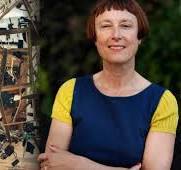
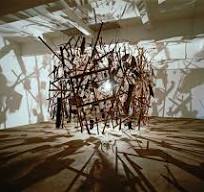
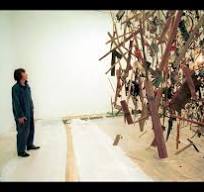
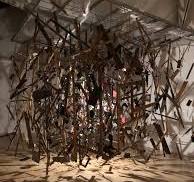
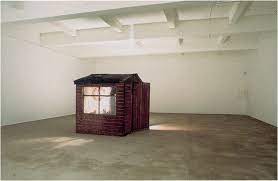
Cold Dark Matter can be seen as a domestic scale Big Bang. The work is also about violence: the violence that exists around us in the world but also violence as part of the creative process.


